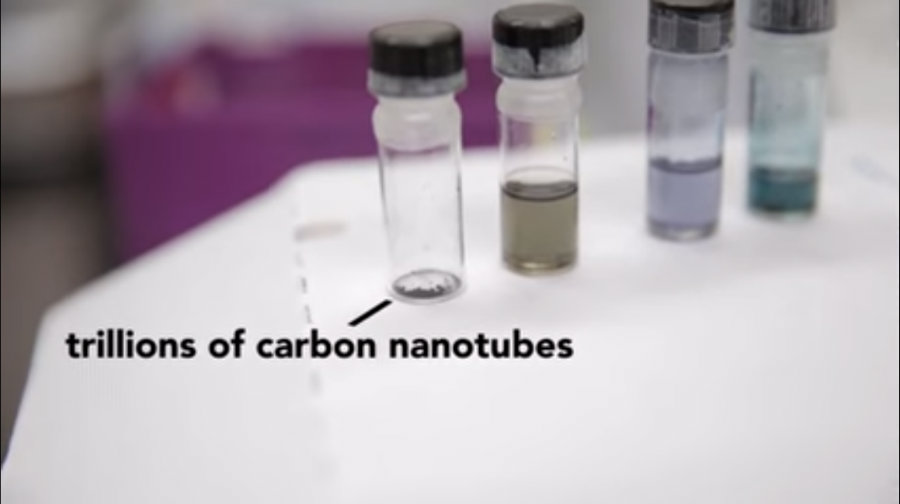One of the dreams of nanotechnology for the past two decades was the development of transistors using carbon nanotubes, and that dream was just recently made a reality with researchers at the University of Wisconsin-Madison making such important, potentially life-changing event.
According to TechTimes, engineers and scientists have long tried to create electronics using the properties of carbon nanotubes, which are tubes or straws made of carbon, about as thick as an atom, stronger than steel while remaining flexible, and also very conductive — which would lead to more energy efficient, faster systems.

Nanotechnology is the manipulation of matter on the scale of atoms, molecules and further into supramolecular -smaller than molecules- sizes, collectively known as the nanoscopic scale.
The quest for carbon nanotubes
However, like any dream of such magnitude, there were obstacles, in particular, engineers had difficulty isolating the desired, pure carbon nanotubes from impurities such as metallic nanotubes.
This was a crucial concern as these impurities interrupt the semiconducting properties of the carbon nanotubes, acting not unlike a short-circuit in standard electronic devices, according to Morning Ticker.
Nonetheless, the scientists managed to identify the specific conditions in which they can successfully isolate the pure carbon nanotubes from their impure counterparts, leaving the engineers with less than 0.01 of these metallic and undesirable elements.
According to one of the lead researchers and materials science and engineering professor at the University of Wisconsin-Madison, Michael Arnold, the process used polymers to isolate the desired, pure nanotubes, allowing for an ultra high purity solution of semiconductor carbon nanotubes.
Carbon is better than Silicon, in practice and theory
For years, carbon nanotubes transistors have been considered the future as they should be five times faster than their silicon counterparts, as the super tiny nanotubes, which can have a diameter around one nanometer — a billionth of a meter, can change currents traveling across them much faster.
The researchers compared their cutting edge transistor against a silicon transistor of the same size and found that their carbon nanotubes transistor was almost twice as fast as the traditional silicon transistors.
Possible applications of the carbon nanotube transistors, and their current development stage
The highly efficient carbon nanotube transistors are a massive first step towards the use of carbon nanotubes in many semiconductor electronics technologies, such as high-speed wireless communications. In particular, these transistors are promising for those that depend on a lot of current across a small area, among other possible applications, as detailed by Arnold.
Work is currently underway to adapt the new device to the geometry in traditional silicon transistors, and the technology has been patented through the Wisconsin Alumni Research Foundation.
“There has been a lot of hype about carbon nanotubes that hasn’t been realized, and that has kind of soured many people’s outlook. But we think the hype is deserved. It has just taken decades of work for the materials science to catch up and allow us to effectively harness these materials,” said Arnold while stating how this breakthrough discovery adds to the excitement surrounding carbon nanotubes.
Sources: TechTimes
